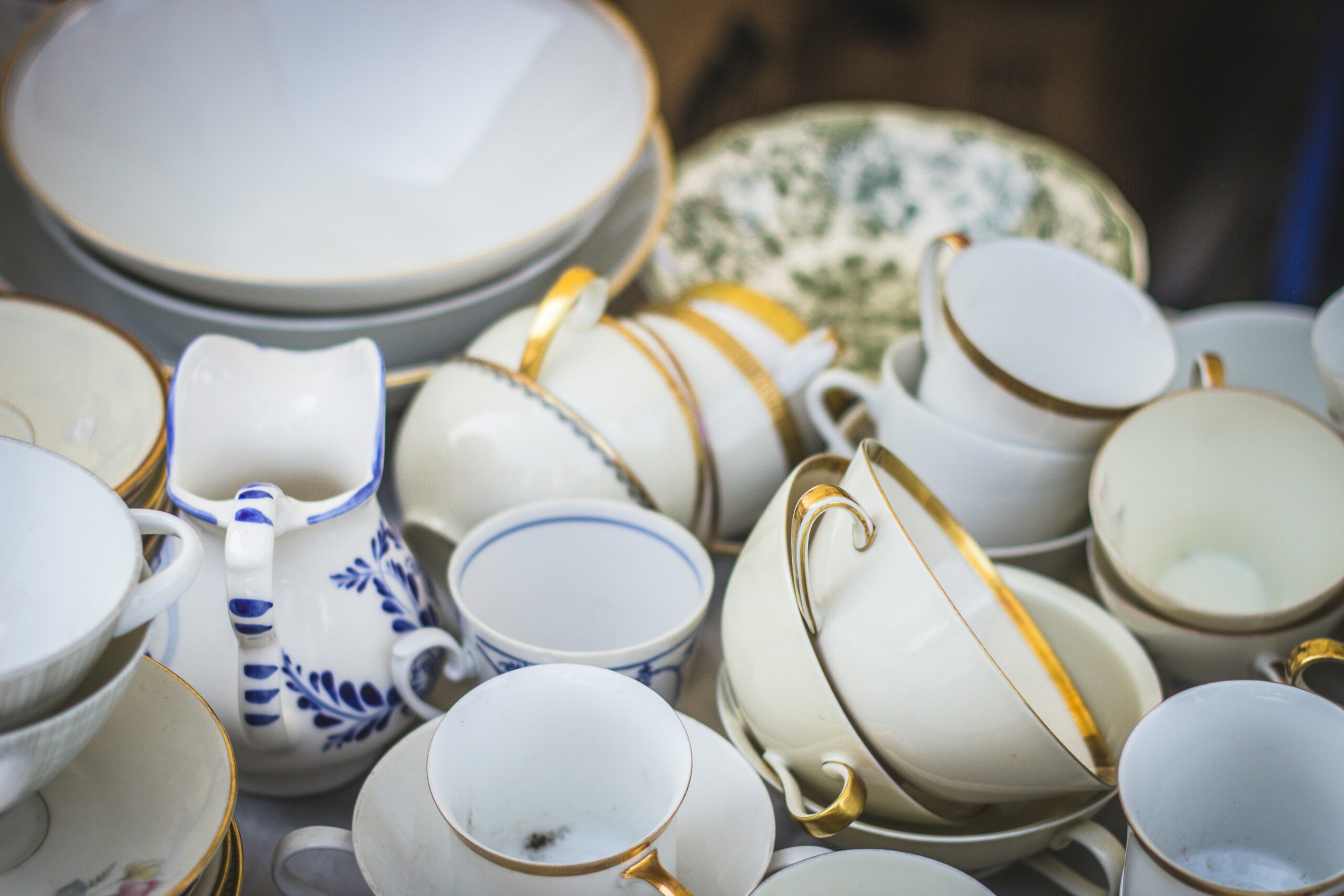When siblings help a parent downsize, all kinds of interesting things happen. Mostly often, family dynamics come to play and life can get complicated. However, its doesn’t need to be difficult.
The Parent Downsize Backstory
Both my significant other (SO) and I have had parents downsize in the past 10-12 years. My own father passed away four years ago and my siblings and I resolved that estate together. My mother-in-law (MIL) has recently given up housekeeping and moved into an assisted living, retirement environment. While she left the family home over 11 years ago, there was much to pare down from her apartment. Since my SO is one of 6 siblings, there was lots of discussion over the paring down.
How do Siblings Help a Parent Downsize?
Is there a perfect or best way for sibling to help a parent downsize? The simple answer to this is “no, there isn’t”.
There are, however, several good ways. Typically the challenges arise around location of the siblings relative to the downsize location, the number of siblings and decision-making strategies and the fairness of dispersing objects. Where there are many siblings, inevitably at least two want the same picture over the mantel. Another scenario is that one or more siblings want nothing – along with nothing to do with the project. Then others – or usually one other – is left carrying the full load of supporting the parent(s).
Professional organizers see these issues so often is it commonplace. While each family feels like its issues are unique, most of the projects have some very common themes. Here are some ideas to help you through the process.
Who Runs the Show?
Ideally, one sibling will take lead. This may be the first point of conflict; which sibling will that be? The one that’s closest or has the time tend to be the winners.
Alternative, if several sibling want leadership roles, divide up the downsize into sections. Siblings take responsibility for the section about which they are most passionate. One might be concerned about family photos. Another might be concerned about jewelry and a third about books or dishes. Still another might have strong feelings about the movers, packers or using a professional organizer to assist.
When one or more siblings are geographically located away from the downsize.
The challenge here is to keep everyone informed. Regular checkins using FaceTime, Zoom, WhatApp chat, audio or video all help. if you are sending pictures, do them by category and in small groups. Use the edit function in your photo app on your phone to have the distant sibling identify those items they are interested in or have questions about. The great thing about photos is they can also be grouped by Albums so each siblings interest can be slotted into a separate album.
Who Get’s What?
Whether resolving an estate resolution or a helping a parent downsize, how do families decide who get’s to keep what? There are inevitably items that are being shed by the parents or in the estate. That is the definition of downsize. Finding a reasonable way to distribute is challenging at best. Here are a few strategies to try:
- The parent has previously decided and the decision is imbedded in a will or list or items have already, previously been marked. This is the easiest. Tip: remember that once an item has been “gifted” it is there to do with as they wish, included shedding themselves. The general rule of thumb is “if you don’t want what Mom has given you, please let the siblings know so that if someone else wants it they can have it.” This sometimes lead to “swapping” which often works well.
- The items to be shed are given an overall financial value (fictitious or real. This strategy works best when it is close to the real value). Each sibling is given fictitious funds, a percentage of the total based on the number of siblings. If the items being reallocated equal $1,000 and there are four siblings, each sibling is allocated $2500. Finally each person identifies the items they would like to have equalling their $2500. Where there is competition, try swapping. Last resort there is always a game of “rock, paper scissors”.
- None of the items are valued. Instead, distribution is done on the basis of emotional attachment. Each sibling identifies those items in which they are interested ranked 1st, 2nd, 3rd etc. Swapping and trading is done only where there is competition for the same item at the same rank.
Last Items
After siblings have been allocated their pieces, offer the rest to friends or family. These individuals are far more likely to be emotionally related to the items than anyone on the open market. What is left can be sold at auction (live or online), sold in the open market (Craigslist, Kijiji, Facebook Marketplace) donated to charity, offered to the up-cycle market or – last resort – discarded to recycle or landfill.
I have seen all strategies 1 – 3 used in several families over the years. In my experience, the most successful are 1 and 3. The second strategy works, but is problematic as siblings compete for dollars.
Siblings who want to help a parent downsize are often met with frustration and lots of work. In my experience, however, they are also met with tremendous gratitude on the part of their parent(s).
If this is your next project, good luck and let me know how it goes.



 Many people don’t realize there is a declutter difference between backlog and day to day. Not all clutter is created equally. This will help.
Many people don’t realize there is a declutter difference between backlog and day to day. Not all clutter is created equally. This will help.





